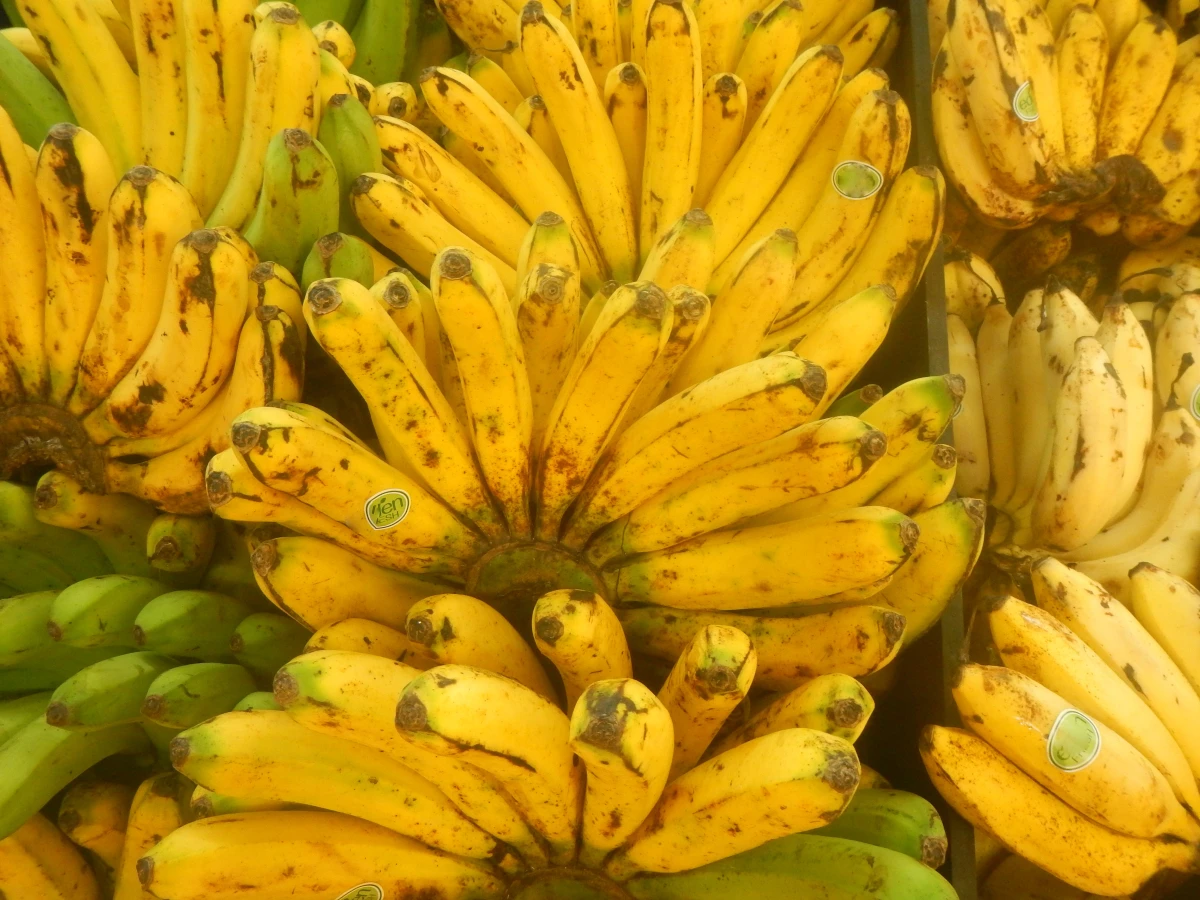When you think of honey, the image of a cute bear-shaped container often comes to mind. Known affectionately as the “honey bear,” this iconic packaging has become a symbol of sweetness and convenience. But beyond its charming exterior, the honey bear represents a fascinating intersection of marketing, tradition, and consumer behavior. In this article, we’ll explore the origins of the honey bear, its impact on branding, and its role in both culinary and cultural contexts.
The Origins of the Honey Bear
The honey bear, as a packaging concept, dates back to the 1950s. It was introduced by the American company Dutch Gold Honey, which wanted to create a product that was both functional and visually appealing. The idea was to make honey more accessible and less messy to use, and the bear-shaped container quickly became a hit. The design was inspired by the need for a practical, yet attractive, way to store and dispense honey.
The honey bear’s design is simple yet effective. The container typically features a plastic bear with a squeezable body and a small opening for pouring the honey. The design not only makes the honey easy to pour but also adds a playful and endearing element that appeals to both children and adults. This clever combination of functionality and charm has helped the honey bear become a staple in households across America and beyond.
The Role of Branding and Marketing
The honey bear is a brilliant example of how branding and packaging can transform a product’s appeal. The bear shape serves multiple purposes:
- Visual Appeal: The bear’s friendly and approachable appearance captures attention and evokes positive emotions. This design choice helps make honey more inviting, especially for families with young children. The bear shape creates a memorable image that stands out on store shelves.
- Functional Design: The squeezable plastic design is both practical and user-friendly. It allows for easy dispensing of honey without the mess often associated with traditional glass jars. This functionality helps improve the overall consumer experience and encourages repeat purchases.
- Brand Identity: For companies that use the honey bear design, the packaging becomes a crucial part of their brand identity. The bear shape is instantly recognizable and can help differentiate a brand from its competitors. It’s not just about the product itself but also about creating a lasting impression on consumers.
- Marketing Success: The honey bear’s success is a testament to the power of effective marketing. The design has been so successful that it has become synonymous with honey in general. Even though many brands now use this packaging style, the term “honey bear” has become a generic reference to the packaging type.
Honey Bear in Culinary Context
The honey bear is more than just a cute container; it plays a significant role in the culinary world:
- Versatile Sweetener: Honey is a versatile ingredient used in a variety of dishes, from sweet baked goods to savory glazes. The honey bear makes it easy to drizzle honey over foods like pancakes, yogurt, or tea. Its design facilitates precise pouring, which is particularly useful when incorporating honey into recipes.
- Natural Sweetener: Honey is often chosen for its natural sweetness and potential health benefits. It contains antioxidants, vitamins, and minerals, making it a preferred alternative to refined sugars. The honey bear, by making honey more accessible, encourages its use as a healthier sweetening option.
- Convenience: The honey bear’s design allows for easy handling and storage. Its squeezable body ensures that honey can be used without drips or spills, which is particularly useful when preparing recipes or adding honey to beverages.
Cultural Impact and Collectible
The honey bear has also made its mark in popular culture and has become a collectible item for enthusiasts:
- Cultural Icon: Over the decades, the honey bear has become a cultural icon, representing more than just honey. It’s featured in various media, including cartoons, and has become a beloved symbol of sweetness and nostalgia.
- Collectible Items: Some collectors seek out vintage or unique honey bear containers. These collectible items may feature different designs, colors, or promotional themes. Collecting honey bears can be a fun way to explore the evolution of packaging design and marketing trends.
- Educational Tool: The honey bear has also been used in educational settings to teach children about honey production and the role of bees. Its friendly design helps engage young learners and foster an interest in natural sciences.
Conclusion
The honey bear is much more than a functional container for honey. It’s a brilliant example of how packaging can enhance a product’s appeal and utility. From its origins as a simple idea to its role in branding and marketing, the honey bear has left a lasting impression on both consumers and the culinary world. Its charm, combined with its practicality, ensures that the honey bear remains a beloved icon in households around the globe. Whether you’re using it to sweeten your morning tea or adding a drizzle to your favorite recipe, the honey bear continues to bring a touch of joy and convenience to everyday life.
